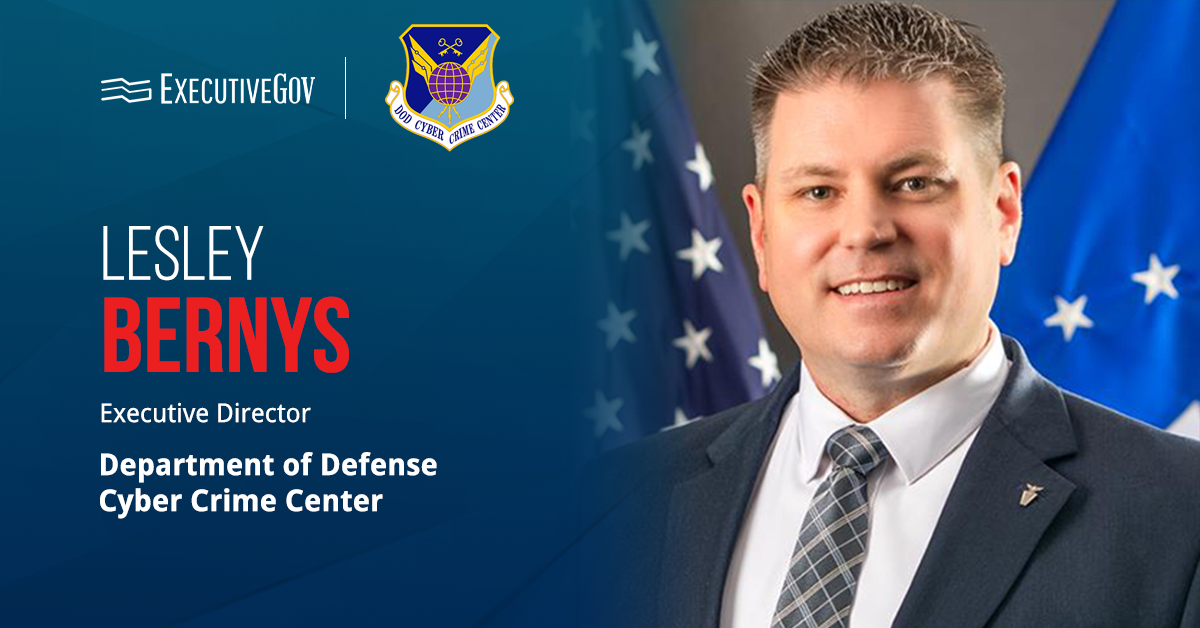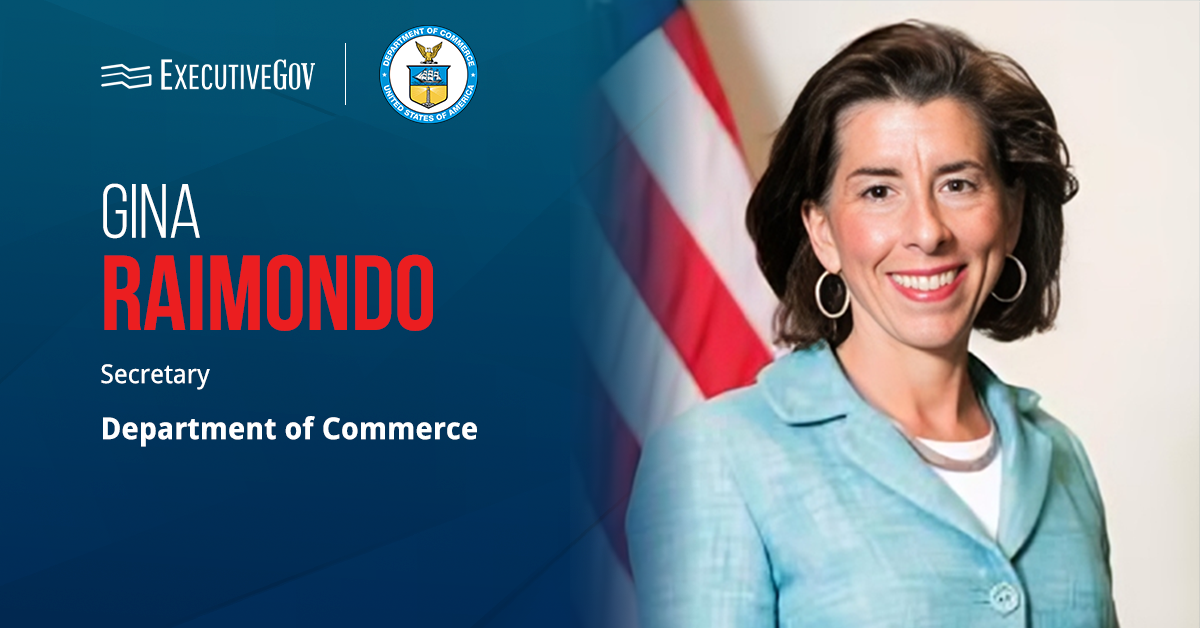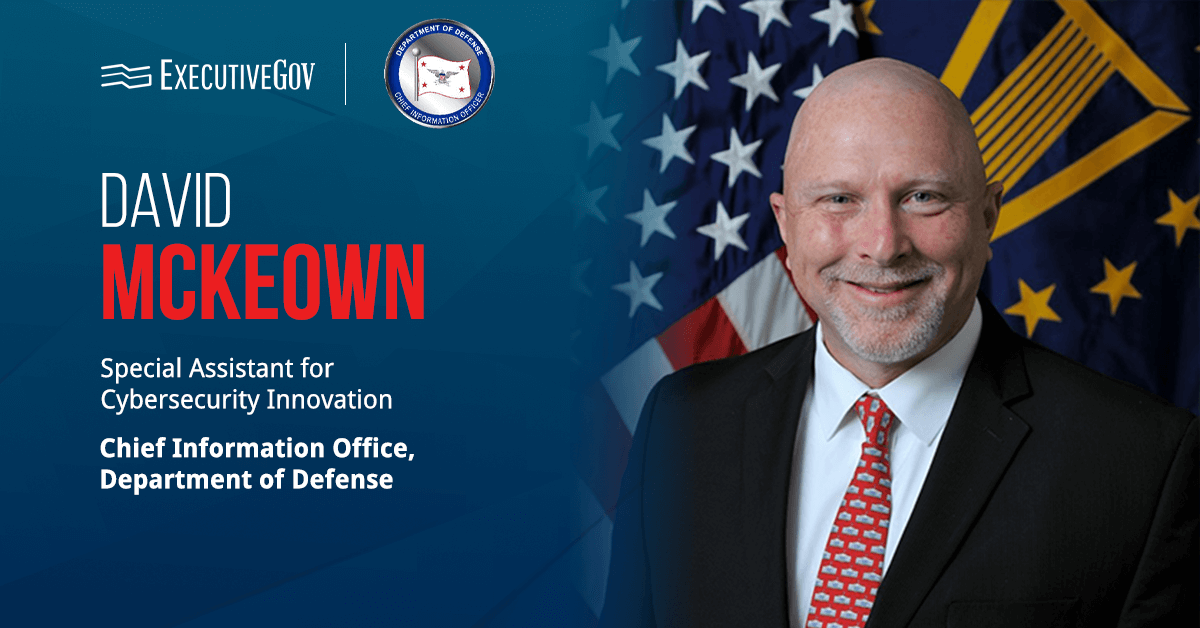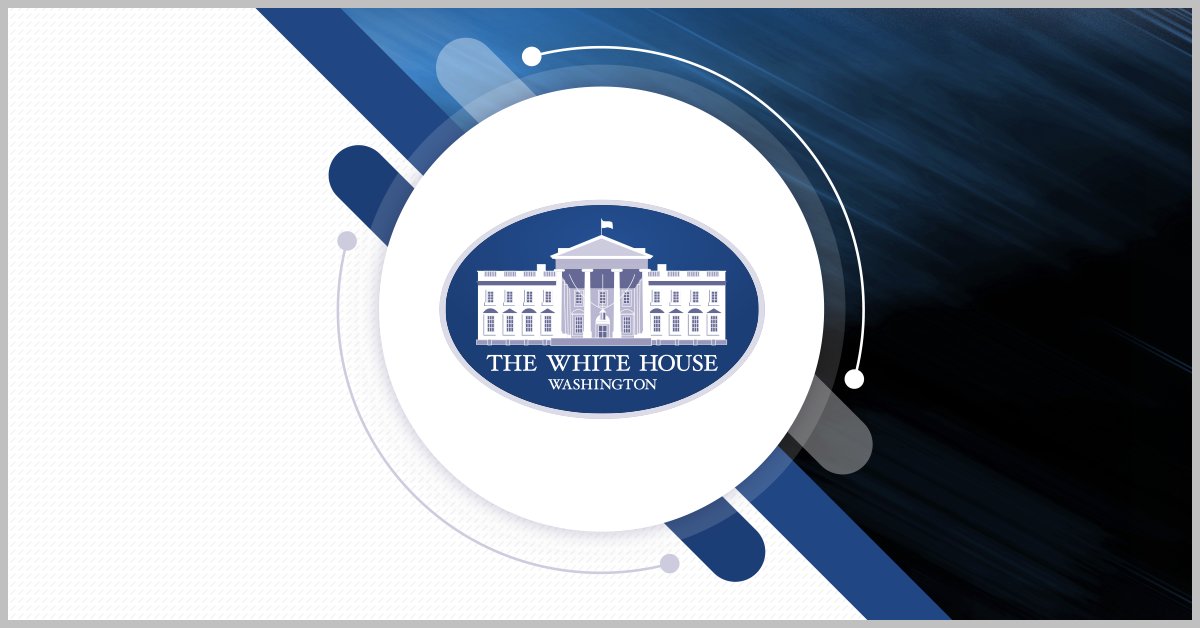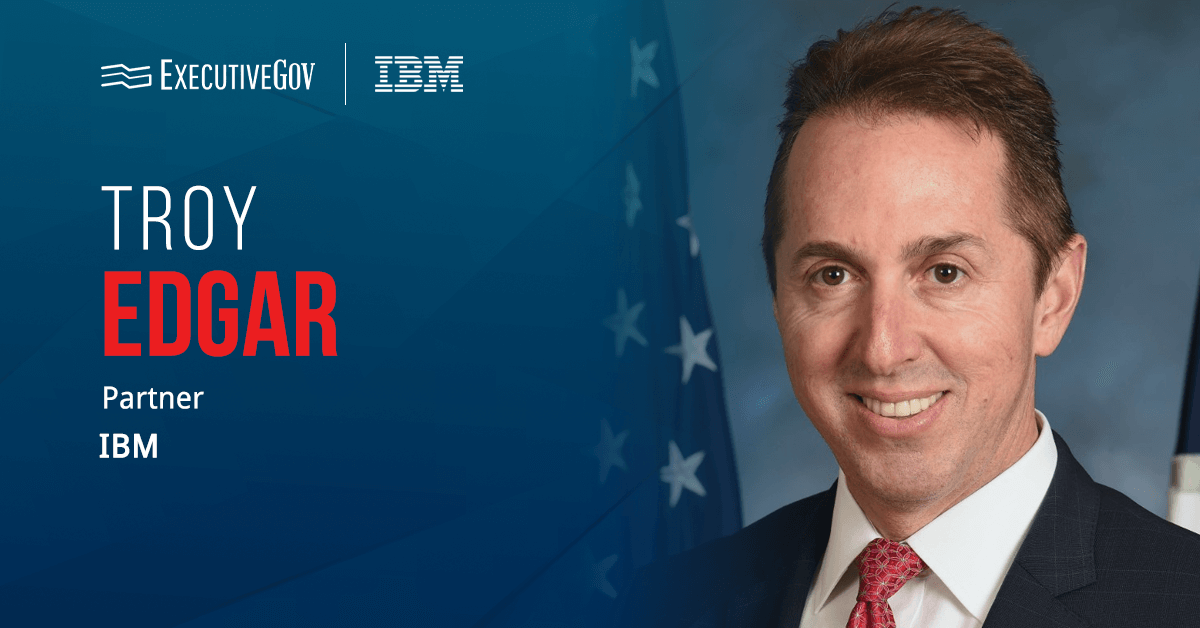The U.S. Department of Veterans Affairs has started planning for the deployment of the Federal Electronic Health Record system to four Michigan facilities by mid-2026.
Enhancing the EHR System
The federal agency said the decision to deploy the EHR system to the facilities in Ann Arbor, Battle Creek, Detroit and Saginaw follows refinement efforts to the system during the reset period, starting in April 2023, when deployments were paused. The department leveraged feedback from veterans, VA staff and clinicians to bolster the EHR system, resulting in enhanced services and elevated veteran trust.
All existing EHR sites reported an increase in veteran outpatient trust scores, ranging from 3.5 to 93 percent, during the reset period. The enhanced system also reduced outages that disrupted patient care and interruptions for clinicians that slows down service for veterans. Furthermore, the efforts resulted in a boost in clinician and staff satisfaction.
VA Deputy Secretary Tanya Bradsher said, “We paused deployments of the EHR for more than a year and a half to listen to veterans and clinicians, understand the issues and make improvements to the system. As a result of those efforts, veteran trust and system performance have improved across the board.”
Neil Evans, acting program executive director of the EHRM Integration Office, added, “VA is ready to begin planning for the next Federal EHR deployments in 2026, while at the same time remaining committed to the continuous improvement efforts that have been our focus for the past 18 months.”



